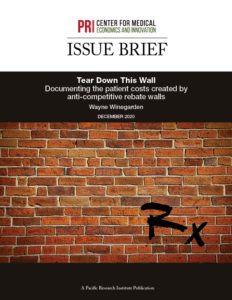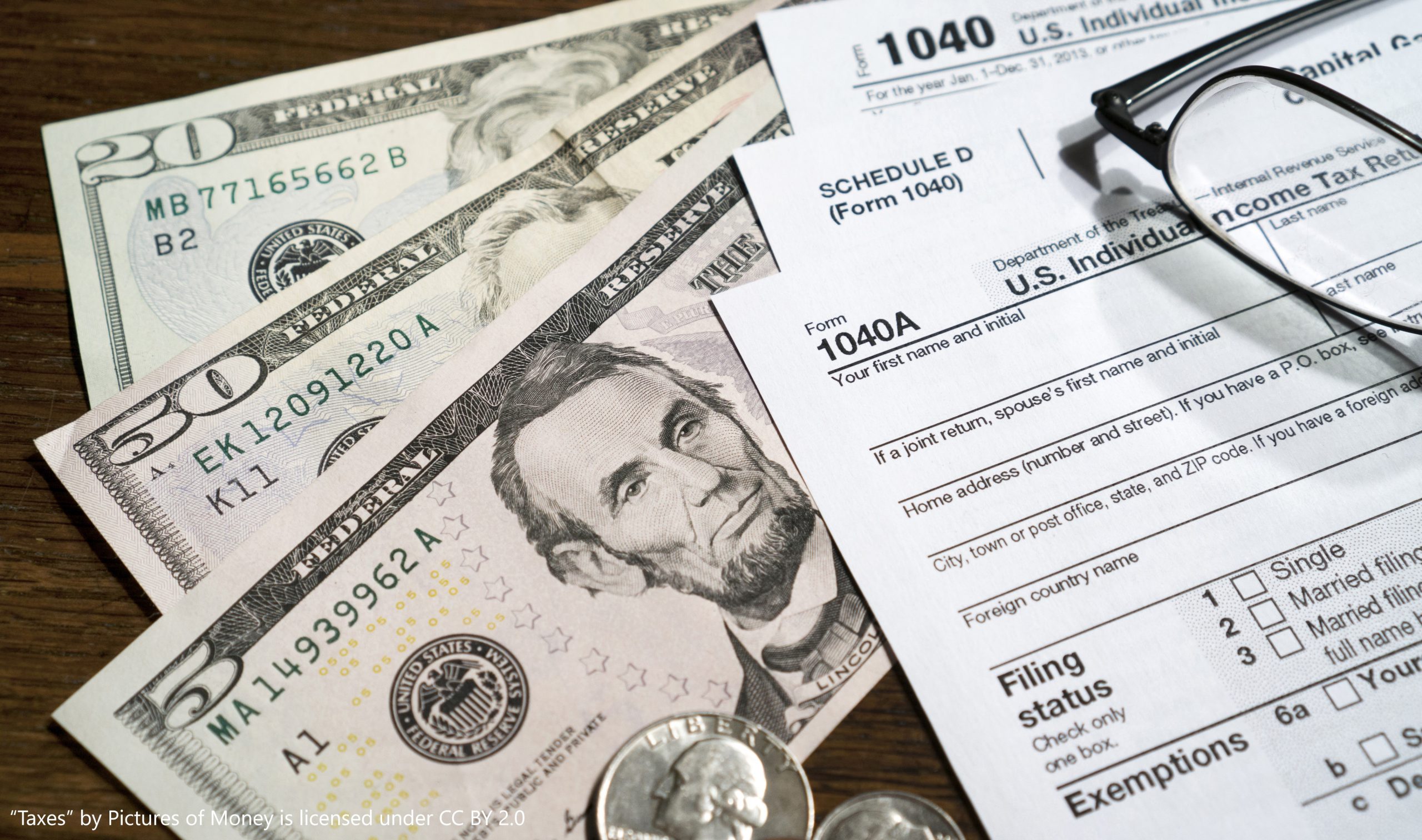Tearing down drug “rebate walls” that increase patient costs and block access to cheaper and often more effective medications would increase competition, lower out-of-pocket costs, and improve health outcomes, finds a new brief released today by the Center for Medical Economics and Innovation at the nonpartisan Pacific Research Institute.
“America’s patients are harmed because they do not benefit from large, fast-growing rebates when purchasing their medicines,” writes the brief’s author, Dr. Wayne Winegarden, director of PRI’s Center for Medical Economics and Innovation. “When rebate walls block competition, they impose excessive costs on patients, block access to medications that could be more or equally effective at lower costs and threaten patient health.”
“The COVID-19 vaccine should be a lesson for all of us. Anything that creates a barrier to the marketplace does not help our healthcare system. Knocking down rebate walls will help ensure patients and providers have access to medicines that are the best at treating patients,” said Rob Lapsley, president of the California Business Roundtable, which has encouraged state leaders to investigate the practice of rebate walls.
When pricing medications, drug manufacturers set high list prices, but offer large discounts resulting in lower net prices. But patients do not benefit as their costs are tied to list prices. When blockbuster drugs, particularly those drugs that treat multiple conditions, tie their rebates to volume targets, the rebates form a rebate wall. Due to their volume, these rebates dwarf the savings that competitor drugs can offer. Insurers and pharmacy benefit managers (PBMs) will, consequently, block competitor drugs from their formularies to maintain these rebate revenues – blocking patient access to cheaper alternatives.
In “Tear Down These Walls,” Winegarden calculates potential patient out-of-pocket savings in several scenarios (patients with employer-based coverage, Medicare patients, and patients who take drugs administered in a clinical setting) through reforms tearing down anti-competitive rebate walls:
- For the most expensive biologic drugs (with a $70,000 list price) infused in a clinical setting, patients could save more than $6,000 if rebate wall barriers were removed.
- For branded drugs that are expensive, but not the most expensive (those with a $10,000 list price), patients with employer-based coverage could realize up to $962 in out-of-pocket savings. These same patients could save up to $3,800 if 5 generic competitors were available.
Winegarden recommends that Congress and the incoming Biden administration make rebate wall reform a priority. Among the recommended reforms are expanding drug pricing transparency and ensuring that rebates benefit all patients. This would end the artificial inflation of drug list prices, lower patient costs, and ensure better health outcomes. Additionally, rebate rules raise anti-trust concerns that should be investigated by the FTC and state attorneys general.

